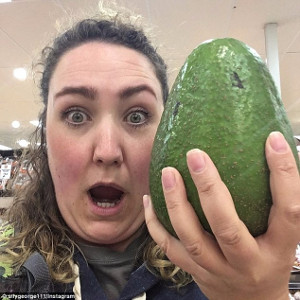You read it right. And while ‘expedition’ may not be the preferred term in this case, that’s where we’re headed for the next couple of days. Because so much of what we call North American food was invented there, and because Cali produce is so much a part of the continent’s food picture…
 A classic Cobb Salad. Did you know it was invented in Los Angeles,
A classic Cobb Salad. Did you know it was invented in Los Angeles,
in the 1930’s, when Brown Derby employee Robert Cobb
threw together all the leftovers he could find?
California ships a huge amount of fresh produce. It’s geographic location lets it get three crops a year of some fruits and veggies, sending them up north to us in our cold months, when we can’t grow our own. Let’s be honest: that’s a luxury. Arizona and Texas also grow a lot of stuff, but Cali totally overshadows them.
The California Agricultural Statistics report for 2019-2020 (the latest available) tells us:”California’s agricultural output for 2019 was more than $50 billion in cash receipts, which was slightly higher than the previous year’s output. Exports totaled approximately $21.7 billion, which represents a 3.4 percent increase from 2018’s exports.”
Wow! That’s more, from just one U.S. state, than a lot of countries produce.
What do they grow?
The quick answer is, “Just about everything you might want.”
They’re so big in dairy products – the state’s single most valuable agricultural sector – that the California Milk Advisory Board launched a national ad campaign back in 1984 plumping ‘Real California Cheese‘. Sorry, guys, but I still think of Vermont (in terms of U.S. cheese) first.
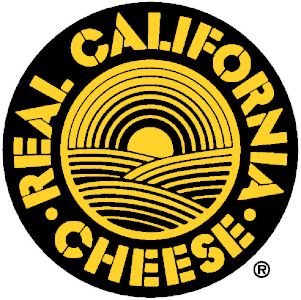 California produces an amazing amount of Almonds ($5.62 billion) and Pistachios ($2.87 billion). And the California Walnut Board tells us, “California Walnuts are over 99 percent of U.S. production of English walnuts and two-thirds of the world trade.”
California produces an amazing amount of Almonds ($5.62 billion) and Pistachios ($2.87 billion). And the California Walnut Board tells us, “California Walnuts are over 99 percent of U.S. production of English walnuts and two-thirds of the world trade.”
Who among us can truthfully say they haven’t purchased at least one head of California lettuce in their lifetime? The California Leafy Greens Research Board says that’s no surprise:
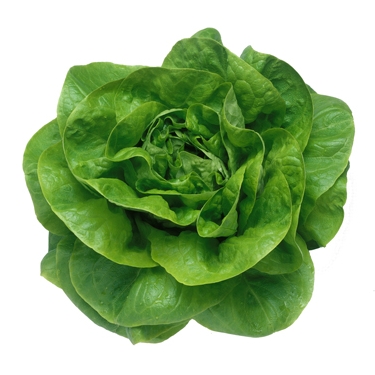
“California is the leading producer of lettuce with an estimated 72 percent of the total U.S. production of iceberg lettuce, 79 percent of leaf lettuce and 74 percent of fresh market spinach.”
Tomatoes are an enormous California product. The California Tomato Grower’s Association proudly states, “Producing more than 90 percent of the nation’s processed tomatoes and nearly half the world’s total processed tomato tonnage, California’s tomato growers are among the most innovative, resourceful and efficient farmers in the world.”
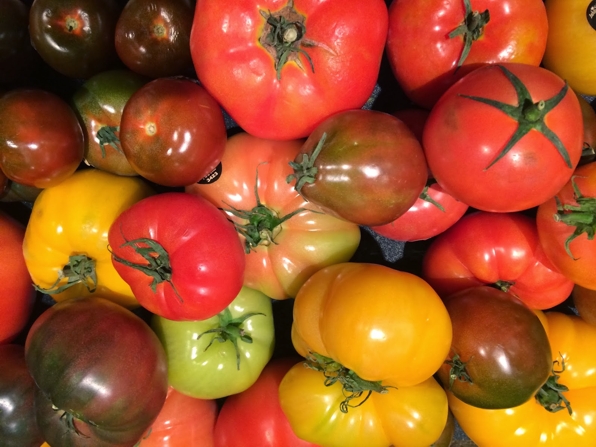
I guess we’ll allow them a little boast, there! And that’s on top of the millions and millions of Fresh tomatoes they ship to supermarkets all across North America.
The list goes on and on. In fact, the California Department of Agriculture keeps track of statistics on more than 400 classifications of farm produce.
What is California Cuisine?
The Pool House is a rooftop bar in San Diego that bills itself as an ‘outdoor oasis’. It’s a self-proclaimed leader in progressive Cali cuisine, and it offers visitors to its website a thoughtful history of the art:
“Most food historians generally accept that the California cuisine style was pioneered by cookbook author Helen Evans Brown, who published Helen Brown’s West Coast Cookbook in the early 1950s. This pivotal book focused on forgoing generic, big-box ingredients and produce in favor of choosing locally sourced, fresh ingredients. The book quickly became a critical darling and was beloved by foodies of note, including James Beard. Looking back, this work is largely seen as the template for today’s California cuisine style.”
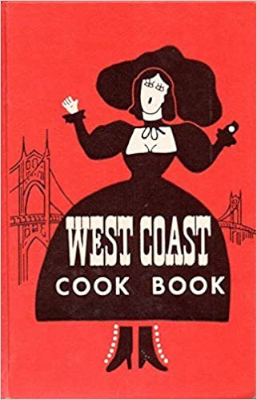
“In essence, California cuisine is characterized by a reverence to fresh, simple preparation, and the use of local and sustainable ingredients whenever possible. But there’s more to it than that. California cuisine is also characterized by an element of fusion, employing cooking techniques from other cultures. With California cuisine, it’s not uncommon to see techniques and recipes borrowed from European, Asian, and South American cuisines, yet prepared using local ingredients”
“Like California cuisine, Coastal cuisine is characterized by fresh, bright flavors that allow the simplicity of the ingredients to shine through. Basically, chefs want to maintain and celebrate the superior flavors of the food as much as possible by minimally ‘processing’ them in the kitchen.”
What have they invented in Cali?
Tons of stuff. And you’ll be surprised that some of the signature menu items of popular Cali cuisine didn’t come from France or Mexico, or Italy or Japan!
But we’ll get into specifics tomorrow. Right now, I’d like to familiarize you with some essential…
California cuisine ingredients
Tomatoes: So plentiful in the Golden State and so fresh! They pop up everywhere, as fresh slices, in salads and sauces and as leading players in condiments – notably salsa crudas.
Lettuce: All kinds of lettuces and micro-greens and spinaches appear on Cali salad Plates. And there’s almost an infinite variety of those. They also show up on a whole flock of famous Cali sandwiches which wouldn’t be the same without them.
Avacados: California is almost solely responsible for the relatively recent culinary crazes for Avocado-based dishes and treats. Heck, avocados are everywhere in southern CA.
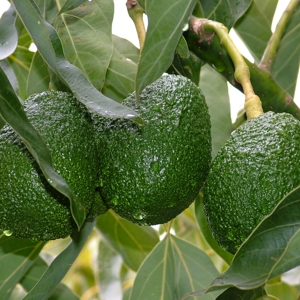
A friend of mine in San Diego boasts he has an avocado tree in his back yard! So, the creamy-fleshed, egg-shaped fruit with the big pit is a natural.
Seafood: Here’s where Coastal Cuisine comes in, strong. Among the more legendary species are abalone, Big-Eye Tuna, oysters and clams. And don’t forget the crabs, prawns, octopi and a whole catalogue of fresh fish.
Rice: Rice is nice – with almost any fresh-made dish, as a side..
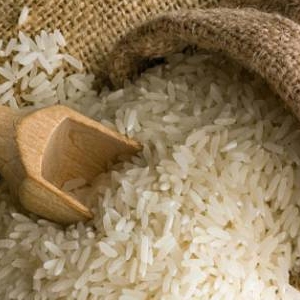
…It also shows up in certain ‘Tex Mex’ dishes that are really Cali contributions!
Pork: While California is a major beef producer, pork is a featured ingredient in Cali cuisine – again with a nod to the Tex-Mex influence.
Other Meats: Include chicken and beef.
Beans: Ditto the Tex-Mex influence…
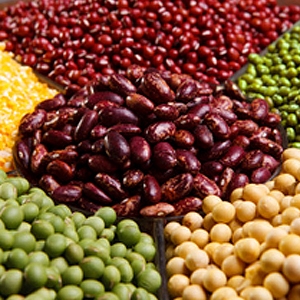
…but also a reflection of the Cali cooking’s focus on healthy nutrition-rich ingredients.
Fresh Veggies: Whatever is available, including items that are rarities in the rest of the country, such as tomatillos, persimmons, the aforementioned Avocados, and a bewildering array of peppers, from sweet greens, to jalapeños and poblanos, to blast-you-out-of-your shoes Hot Chilis! It’s important to remember that Cali Cuisine also features a major vegetarian and vegan side whose signature dishes are enjoyed around the world.
So there you have it
Tomorrow, we’ll see how the aforementioned ingredients and philosophies all come together in a cuisine unlike any other!
~ Maggie J.

